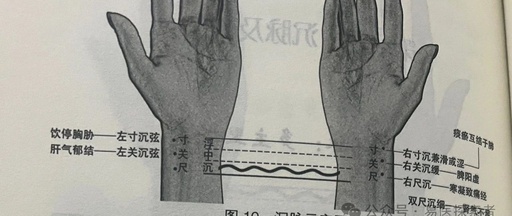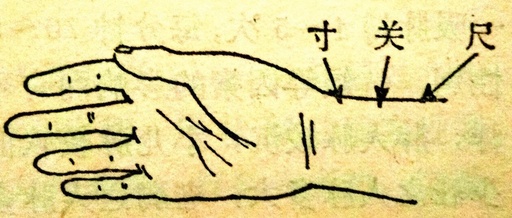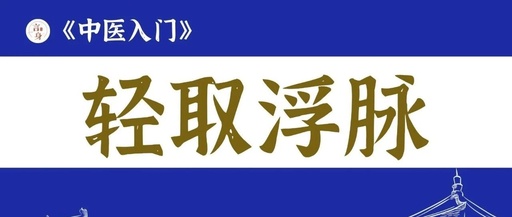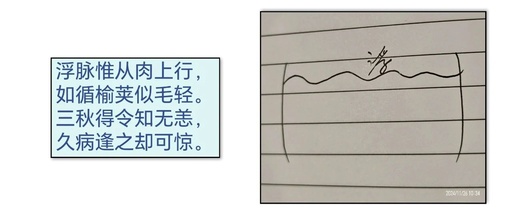Essence of Traditional Chinese Medicine: Discussion on the Deep Pulse by Zhang Zhongjing (Issue 380)
Theoretical Insights Discussion on the Deep Pulse by Zhang Zhongjing Baotou City Xinglin Traditional Chinese Medicine Research Institute Meng Linsheng Zhang Zhongjing’s discussion on the deep pulse includes 59 entries, with 23 in the “Jin Kui” and 36 in the “Shang Han” (including 3 in the “Bian Mai Fa”, 8 in the “Ping Mai Fa”, … Read more










